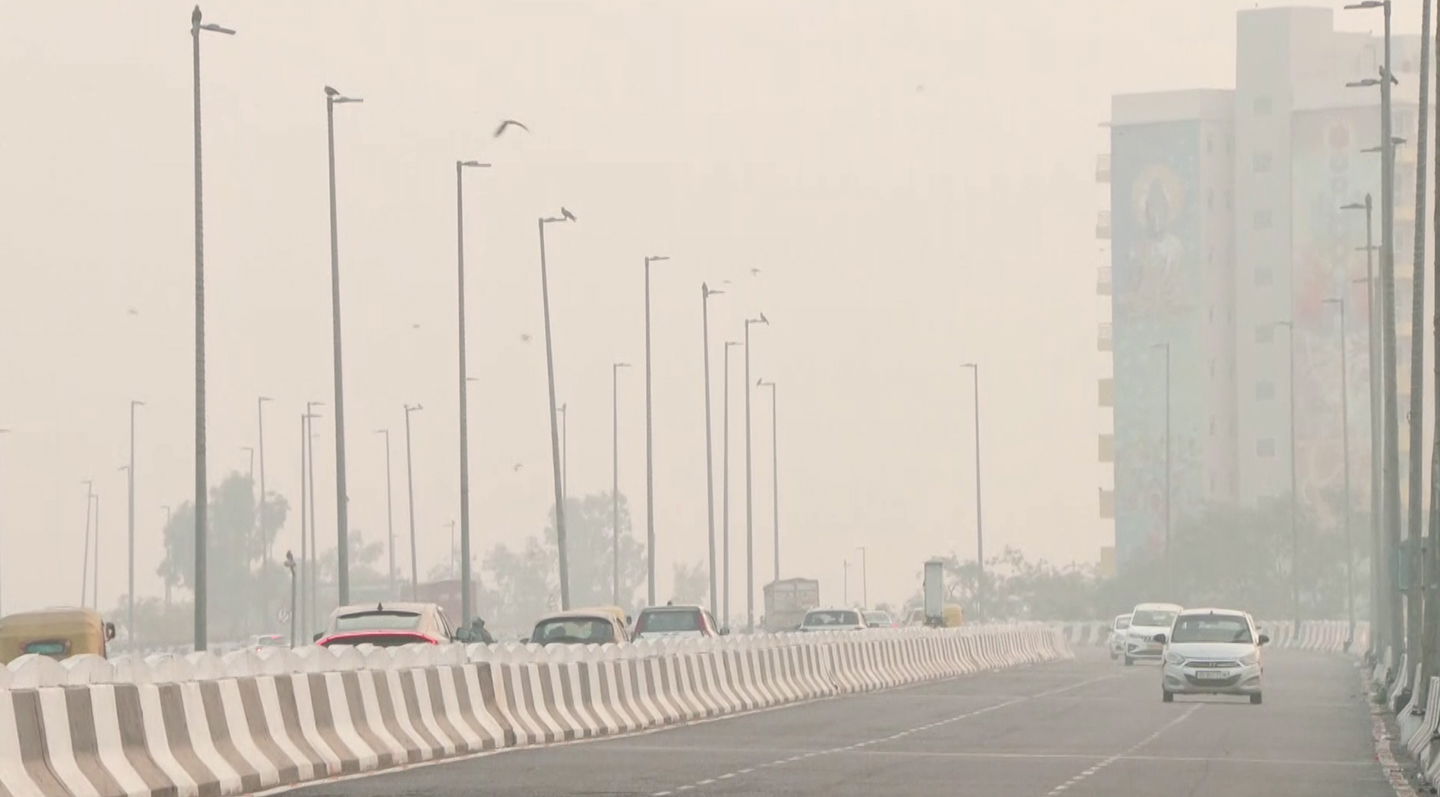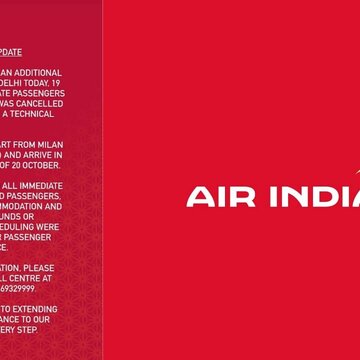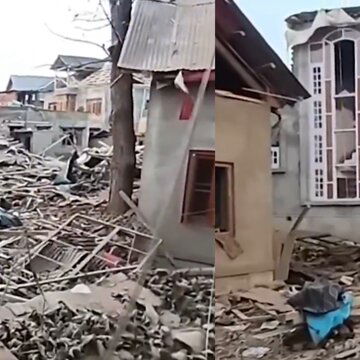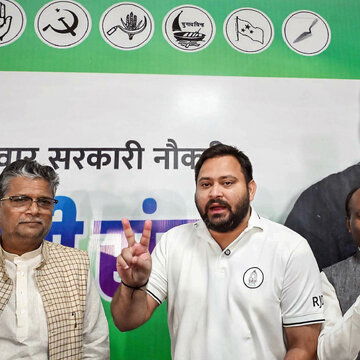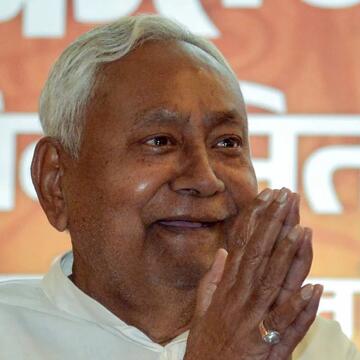Today, Delhi woke up to a hazardous Diwali morning with the city's air quality index (AQI) dipping to 335, which fell into the "very poor" category. Overnight, firecracker bursting covered the capital in smoke and resulted in severe noise pollution, the Central Pollution Control Board (CPCB) said. Out of about 38 monitoring stations, the majority reported AQI levels of over 300, with Anand Vihar (414) and Wazirpur (407) crossing into the "severe" zone. Sri Aurobindo Marg (165) and DTU (198) reported "moderate" levels.
What do these AQI numbers mean?
An AQI level between 0–50 is "good", 51–100 "satisfactory", 101–200 "moderate", 201–300 "poor", 301–400 "very poor", and 401–500 "severe". The Board predicts similar trends for the next few days, that the pollution levels will deteriorate, with predictions of a dip into the "severe" zone in the next two days.
Only green crackers permitted
The Supreme Court allowed only green crackers this year in Delhi-NCR, limiting bursting between 6 am–7 pm on the eve of Diwali and between 8 am–10 pm during Diwali itself. Previously, there used to be a complete ban on the use, sale, and production of fireworks.
Stage II GRAP measures to tackle pollution
The Commission for Air Quality Management (CAQM) imposed Stage II of the Graded Response Action Plan (GRAP), initiating intensified measures on Sunday evening, adding to Stage I, which has already been in force since October 14. These encompass routine mechanical sweeping and water sprinkling on roads, enhanced dust control at construction sites, increasing the number of public transport services, banning non-CNG or non-electric inter-state buses, and encouraging off-peak travel.
To minimise the open burning of solid waste and biomass during winter, Resident Welfare Associations (RWAs) are required to supply electric heaters to gardeners, security personnel and sanitation workers. On the other hand, inter-state bus entry is restricted to CNG, electric or BS-VI diesel vehicles, NDTV reported.
Four stages are used by GRAP to classify air quality:
Stage I (Poor, AQI 201–300)
Stage II (Very Poor, 301–400)
Stage III (Severe, 401–450)
Stage IV (Severe Plus, AQI above 450)
If pollution levels continue to rise, authorities are concerned that Delhi may reach Stage III in the coming days.
Delhi Chief Minister Rekha Gupta appealed to people to protect the city's pollution by commemorating Diwali with green crackers, lighting diyas, creating rangoli, and distributing sweets. According to an NDTV report, she said that the festival of lights should be ushered in with peace, harmony, and conventional celebrations and not by pollution.


